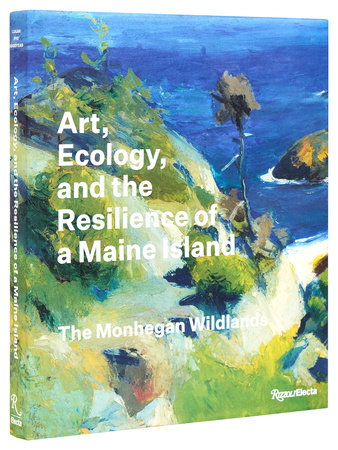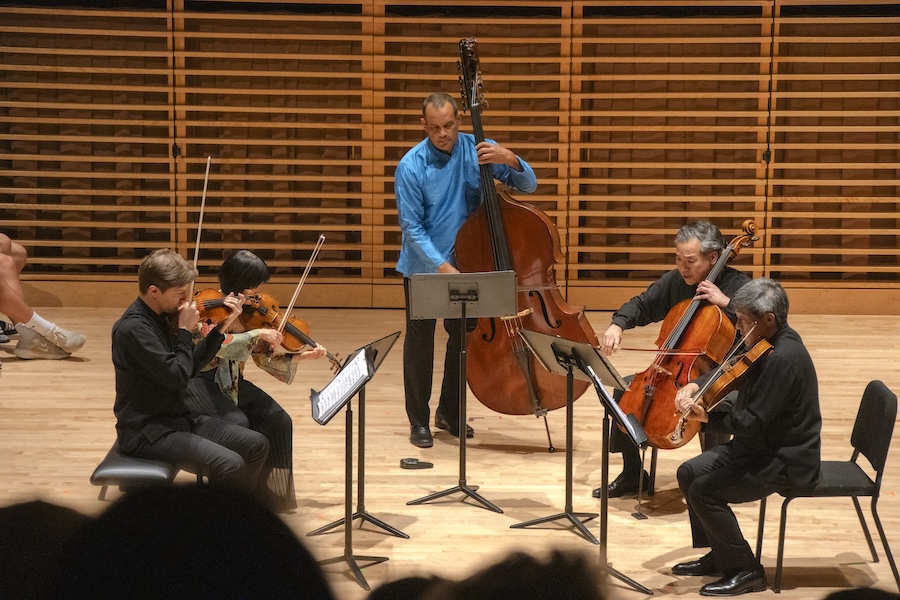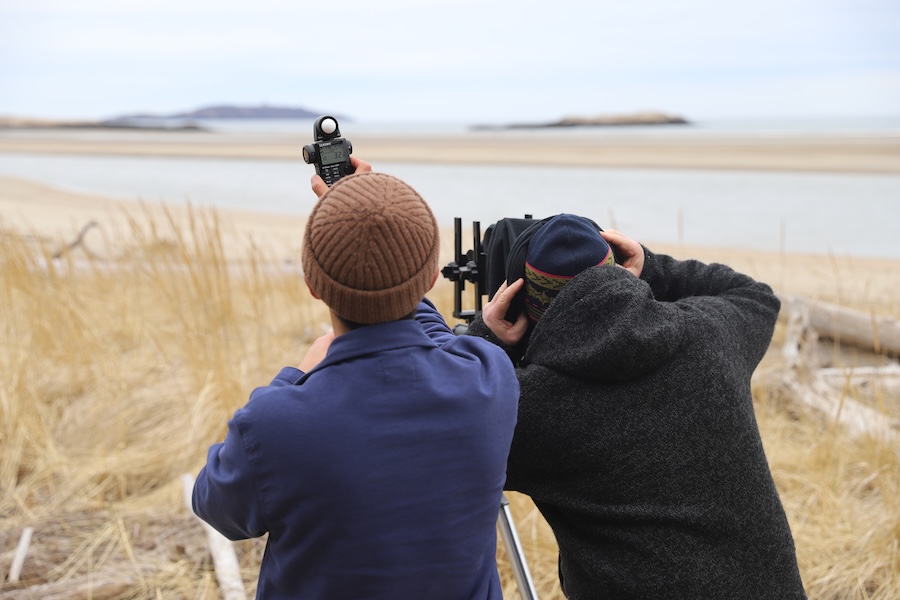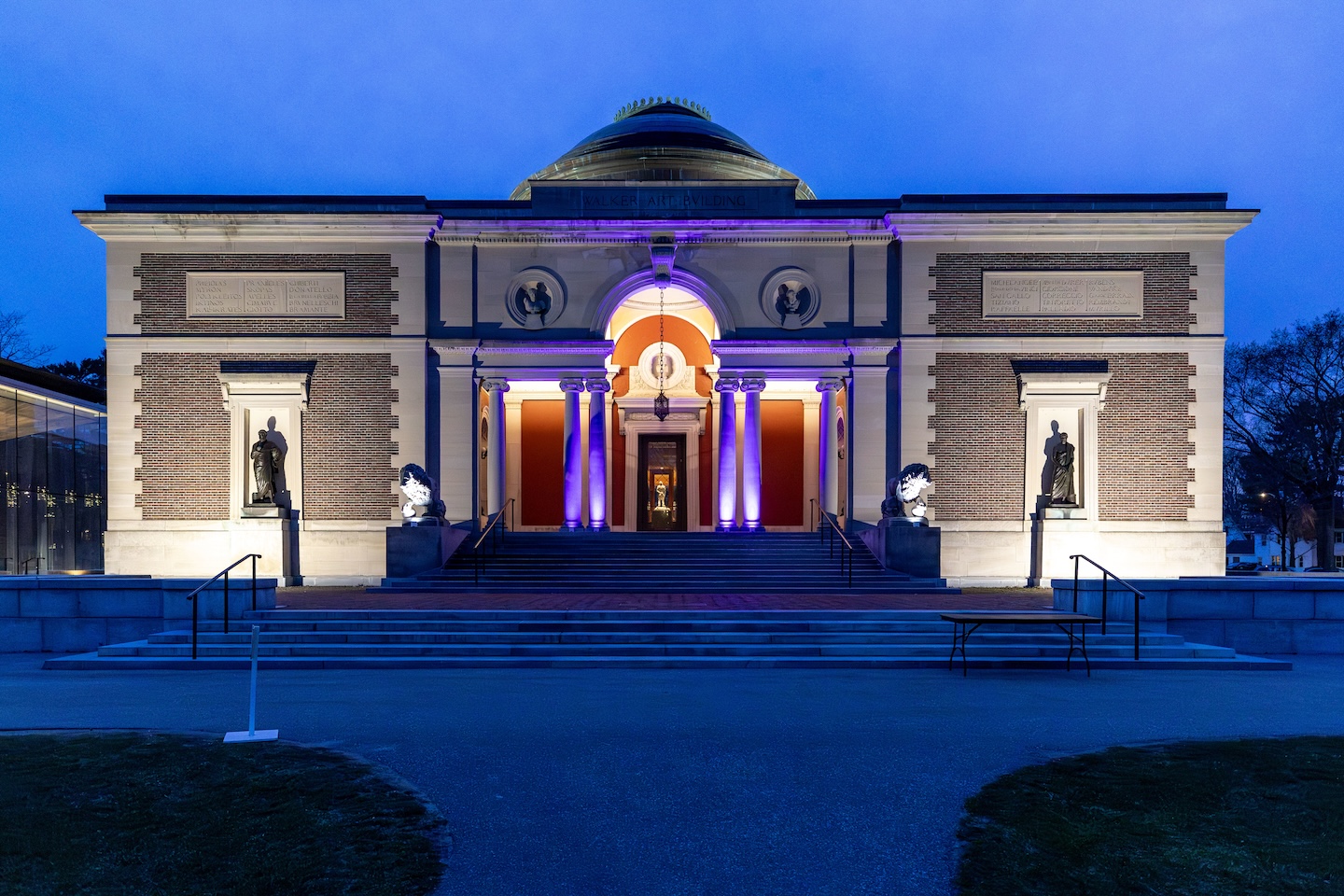Art Beyond the Museum
By Bowdoin College Museum of Art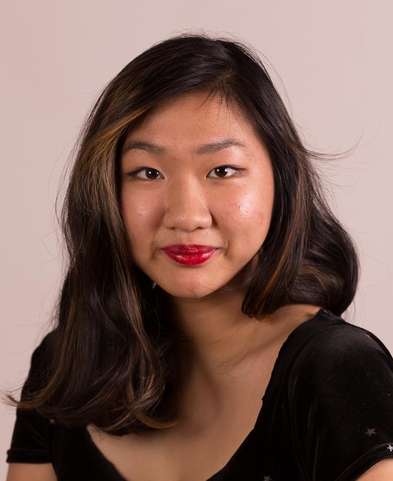
What is the role of art on a college campus? Today’s educational institutions are challenged to preserve their historical legacies while simultaneously carving a learning space for debate, revision, and intellectual engagement. Although these goals can coexist, they often contradict each other. Last year, acts of racial and gender bias at various colleges culminated to a point of rupture, and students around the country protested the structural inequalities present in their institutions. Here the Bowdoin Art Society, which Julian Ehrlich ’17, Hailey Beaman ’18, and I jointly lead, has worked to engage the arts as a catalyst for community-building. During our 2015 annual fall exhibition of student work, we invited campus activists and champions of political and social causes to collaborate in a participatory artwork led by Erin Johnson,Visiting Professor of Visual Art. We wanted to see how the art space—often seen as apolitical—could serve as a home for critical discourse and collaboration.
When the artist Byron Kim conducted a site visit to the BCMA in the fall of 2015 in preparation for This Is a Portrait If I Say So: Identity in American Art, 1912 to Today (June 24 – October 23, 2016), the three of us spoke with him about our attempt to place art into an inclusive realm unfettered by the traditional norms of the museum experience. This led to a series of discussions with him dedicated to thinking critically about the role students can play in addressing questions of race and class in art spaces and institutions of higher learning.
Conversations with Kim progressed over the course over the year, shifting from essay-style emails to conference calls to scrambled-egg breakfasts in Brooklyn. We considered the role of artists, curators, writers and students in relation to the organizations that support them. It was apt that the work and input of another artist with ties to the college, Shaun Leonardo ‘01, became an important part of our conversations. With Leonardo and Kim, we discussed the many ways in which art could function in relation to culture: as mediation, intervention, or reinforcement. Although interrogating the institutions one inhabits from within may present certain paradoxes, the instinct for change arises out of relentless commitment, and fundamentally, a complicated love.
How can the arts be engaged outside the Museum? What does it mean to move art beyond white walls into more accessible spaces on campus? At Bowdoin, there is some precedent already in the presidential portraits that hang in Hubbard Hall and provide insights into Bowdoin’s history by representing its past leaders. The Museum has recently committed itself to using two works by Iran-born artist Shirin Neshat, Ghada and Sayedfrom her “Our House is On Fire” series—currently part of the Museum’s exhibition Art and Resolution, 1900 to Today—to frame conversations in campus venues not traditionally used to display artwork.
Such an initiative will build upon student-run endeavors that engage art within public spaces. Earlier this year, the Bowdoin Art Society’s student art show challenged notions relevant to the crisis of American politics. Additionally, Smith Union housed an illuminating project organized by Daisy Wislar ‘18 about students living with disabilities on campus. Bowdoin continues to support student-led efforts to bring established artists into our school community, such as For Freedoms, an NYC-based artist run super PAC, and the feminist art action collective the Guerrilla Girls. All of these ventures have been a step forward in activating art not only within but beyond the Museum as part of the greater campus experience. While we as a community grapple with challenging demographic boundaries, deconstructing implicit norms, and minimizing the constraints of an art institution, we can also experiment with a radical idea: that art can be brought outside of the Museum, and live beyond its walls, even for just a moment.
June Lei , Bowdoin Class of 2018
